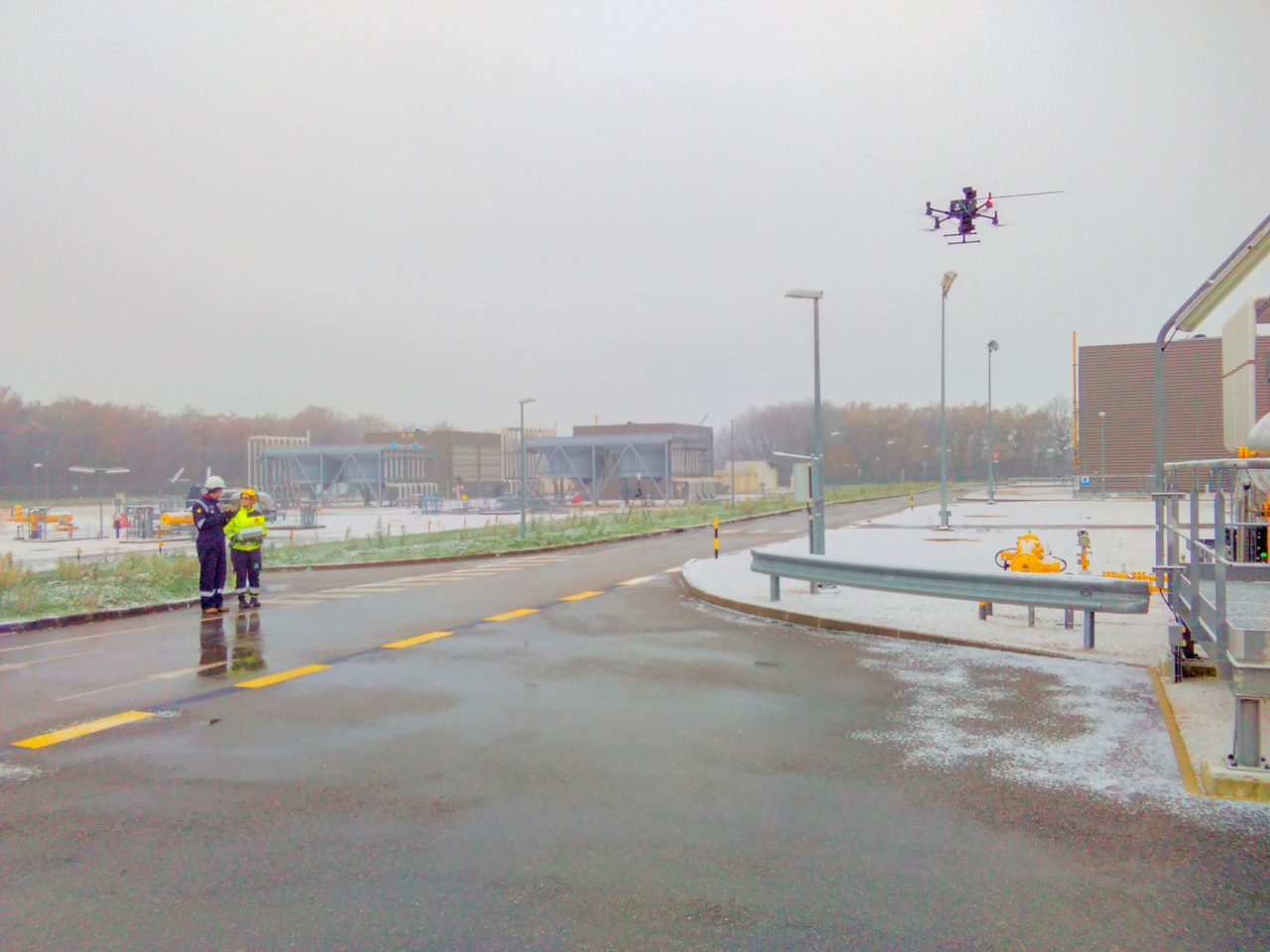The Council of the EU and the European Parliament reached an agreement on a regulation on tracking and reducing methane emissions in the energy sector. The provisional agreement reached now still needs to be endorsed and formally adopted by both institutions.
According to the council, the regulation introduces new requirements for the oil, gas and coal sectors to measure, report and verify methane emissions. It also puts in place mitigation measures to avoid such emissions, including detecting and repairing methane leaks. It also bans several cases of flaring and venting from 2025 or 2027 depending on the type of infrastructure.
The agreement also puts forward global monitoring tools to ensure transparency on methane emissions from imports of oil, gas and coal into the EU.
Deadlines and frequencies for monitoring
There will be specific deadlines and frequencies for monitoring, reporting and inspections of potential sources of methane emissions.
Operators must submit reports to the competent authorities containing:
- The quantification of source-level methane emissions (within 18 months)
- Direct measurements quantification of source-level methane emissions for operated assets (within 24 months)
- Direct-measurements quantification of source-level methane emissions complemented by site-level measurements (within 36 months and by 31 May every following year)
- Direct measurements quantification of source-level methane emissions for non-operated assets (within 48 months, and by 31 May every following year).
According to the agreement, mine operators will have to submit reports to the competent authorities containing yearly source-level methane emissions data (within 12 months) for operating mines, as well as monitor the plugged and abandoned mines.
The competent authorities must carry out periodic inspections.
The first inspection must be completed no later than 21 months after the date of entry into force of the regulation.
Leaks must be detected and repaired
A distinction between type 1 leak detection and repair surveys (lower accuracy to find big leaks) and type 2 surveys (higher accuracy to find small leaks) will be drawn based on minimum detection limits and minimum leak thresholds. By 12 months, the Commission must specify minimum detection limits at standard temperature and pressure.
Operators will be allowed to use advanced technology systems under specific conditions.
Repair or replacement of components is to take place immediately after detection of a leak, or as soon as possible for a first attempt but no later than five days and 30 days for a complete repair. Leaks under a given threshold will be closely monitored.
New rules for imports
The import rules are likely to hit major gas suppliers. Importers face financial penalties if they buy from foreign suppliers that don’t comply with the limit.
The first implementation phase will focus on data collection and the creation of a methane emitters global monitoring tool and a super emitter rapid reaction mechanism. According to the agreement, in the second and third phases, equivalent monitoring, reporting and verification measures should be applied by exporters to the EU by 1 January 2027, and maximum methane intensity values by 2030.
Regulation covers inactive wells and closed mines
Proof of no methane emissions should be produced for wells permanently plugged and abandoned less than 30 years ago and for other wells. Mines that have been closed or abandoned for less than 70 years also come under the scope of the obligations of the regulation, with an exemption for mines that have been fully flooded for more than 10 years.

